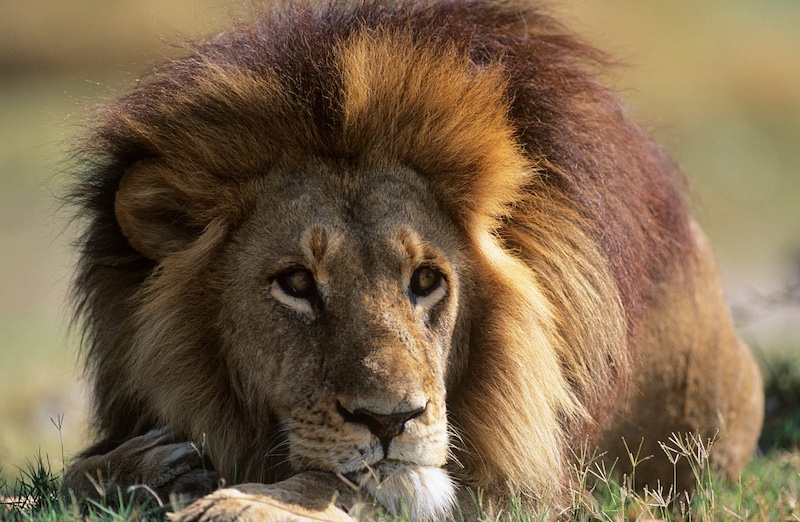Throughout history, people have had a fascination with keeping exotic and unusual animals as pets. While cats, dogs, and even birds have been standard companions, some individuals took their love for the animal kingdom to bizarre extremes. Here are 10 animals you won’t believe used to be pets.
Alligators
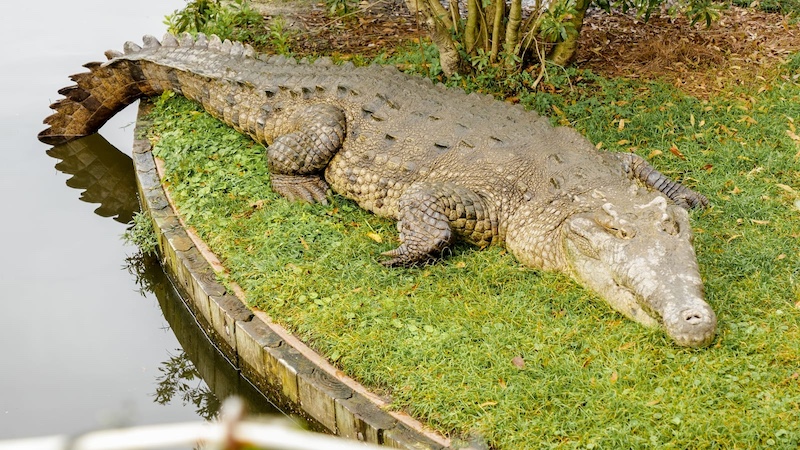
In the early 20th century, it wasn’t unheard of for people in the United States to keep alligators as pets. Wealthy families would sometimes purchase baby alligators as a novelty, only to release them into the wild (or worse, the sewer) once they grew too large. In fact, the urban legend of “sewer alligators” in New York City stems from real incidents of abandoned pet gators.
Lions
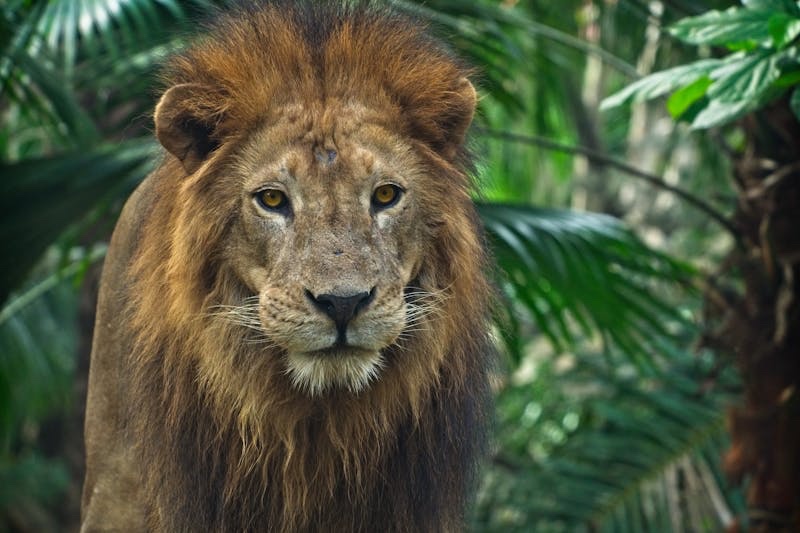
During the 1960s and 1970s, some celebrities and affluent individuals kept lions as pets. Perhaps the most famous example is Christian the Lion, who was purchased from a department store in London by two friends. They raised him in their apartment before releasing him into the wild. The viral video of Christian recognizing his former owners years later is still popular today.
Octopuses
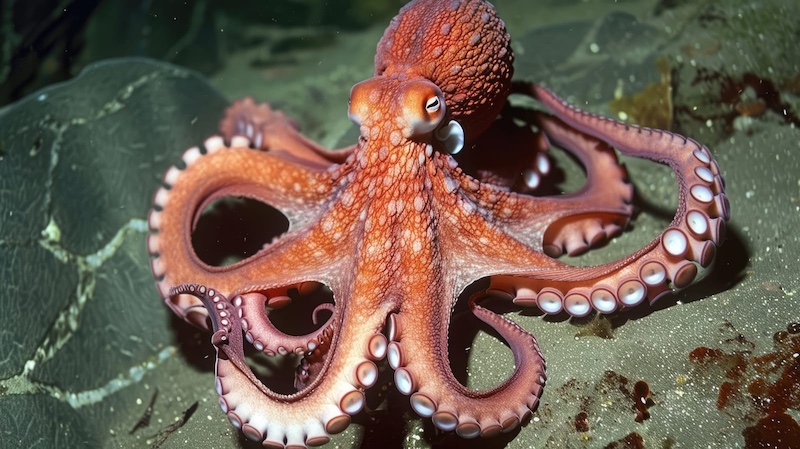
Though they are highly intelligent and notoriously difficult to care for, some people have kept octopuses as pets. In the Victorian era, aquariums were a fashionable household addition, and wealthy individuals would sometimes keep exotic sea creatures like octopuses to impress their guests. However, their short lifespan and complex needs make them unsuitable companions.
Grizzly Bears
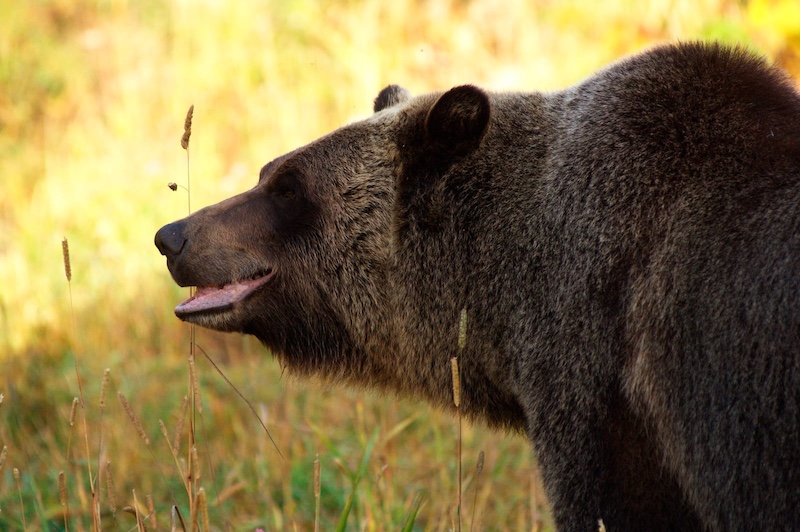
Believe it or not, some people have kept grizzly bears as pets. In the 1970s, Dan Haggerty, star of The Life and Times of Grizzly Adams, famously lived with a bear named Ben. While his case was unique due to his expertise in animal handling, other less-qualified individuals attempted to keep bears as pets, often with disastrous results.
Penguins
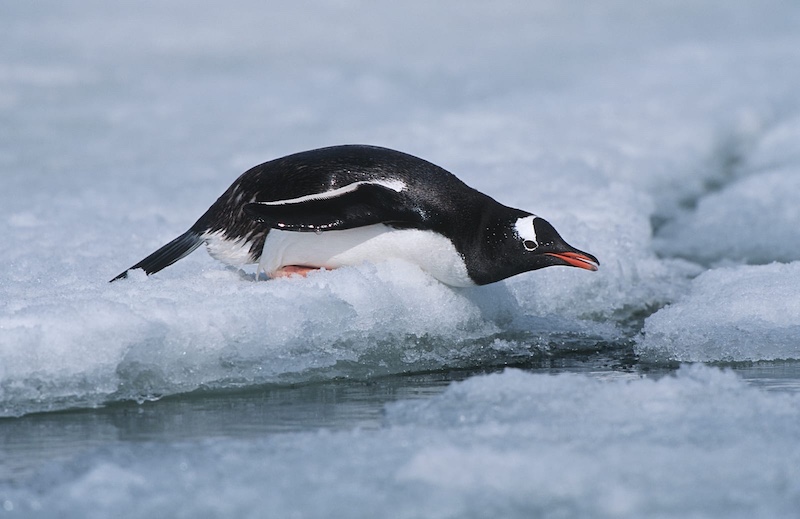
In the 1920s, wealthy travelers occasionally brought penguins home as exotic pets. With their waddling gait and tuxedo-like appearance, penguins were considered charming novelties. However, keeping them in captivity was nearly impossible without specialized care, leading to poor health and short lifespans for the birds.
Hippos
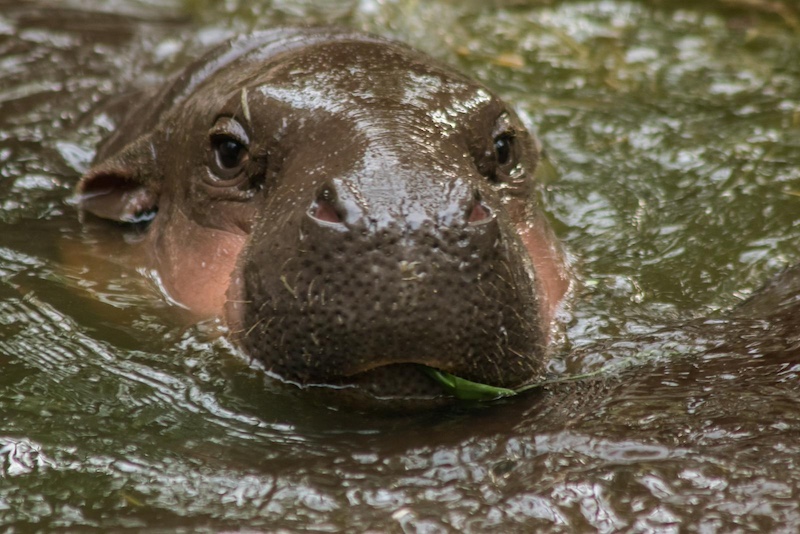
While it seems unimaginable, some individuals have kept hippopotamuses as pets. One of the most famous examples is Tonie Joubert from South Africa, who raised a hippo named Jessica. Though highly dangerous in the wild, Jessica was treated like a family member, drinking tea on the porch and interacting with visitors.
Kangaroos
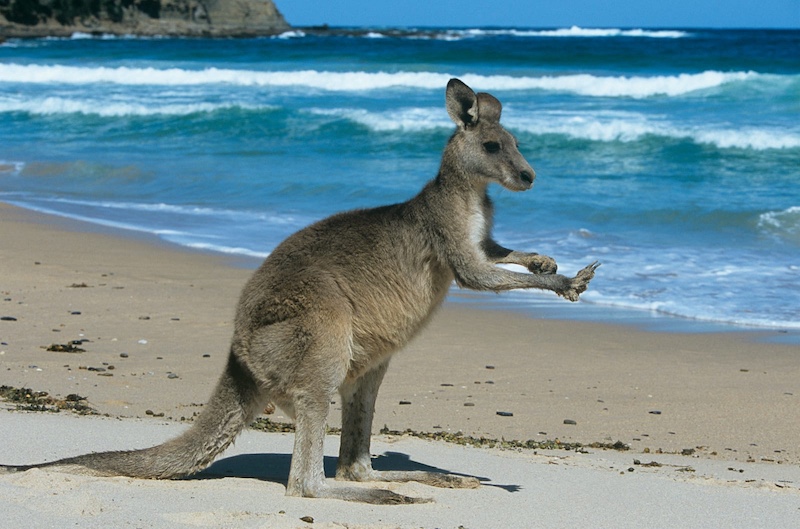
In the mid-20th century, kangaroos were sometimes kept as pets in Australia and the United States. Despite their cute appearance, kangaroos can be aggressive and have strong legs capable of delivering powerful kicks. Their high-maintenance care needs and unpredictable behavior made them impractical pets.
Sloths
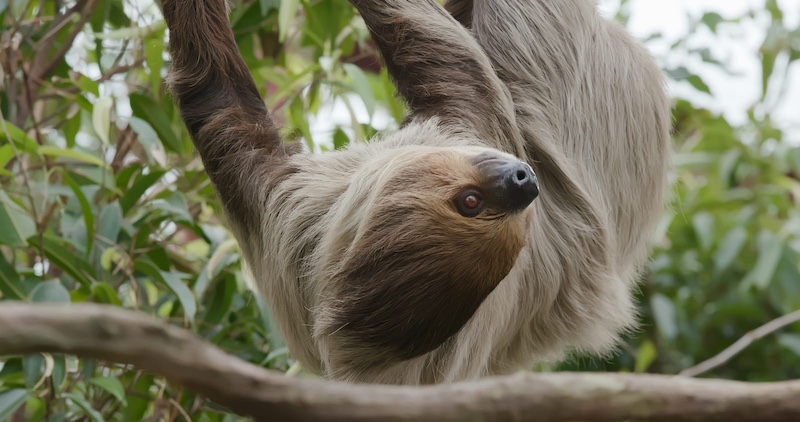
Sloths have occasionally been kept as exotic pets, particularly in Central and South America. Though they appear docile and adorable, sloths have specialized dietary and environmental needs, making them unsuitable for domestic life. Their slow movements and unique biology make captivity stressful and harmful for them.
Tigers
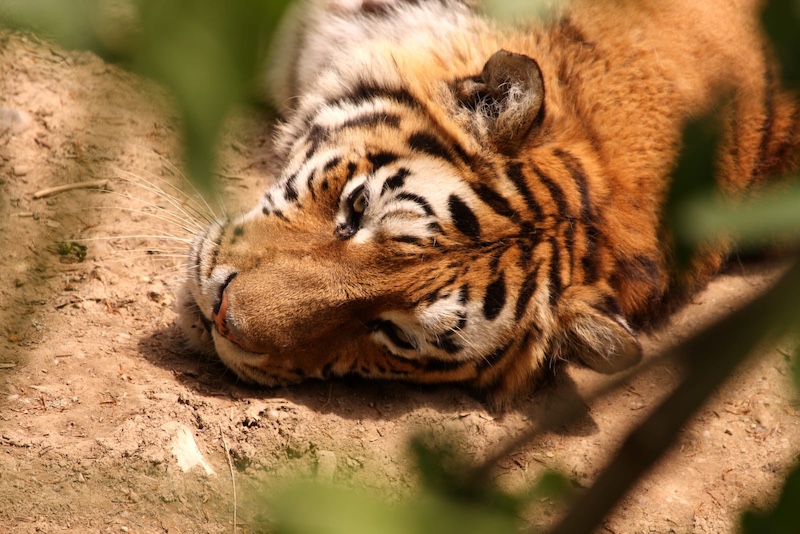
Before regulations tightened, some individuals in the United States kept tigers as pets. The Netflix series Tiger King revealed the dangerous reality of keeping these big cats in captivity. Despite their beauty, tigers are powerful predators and cannot be safely domesticated.
Elephants
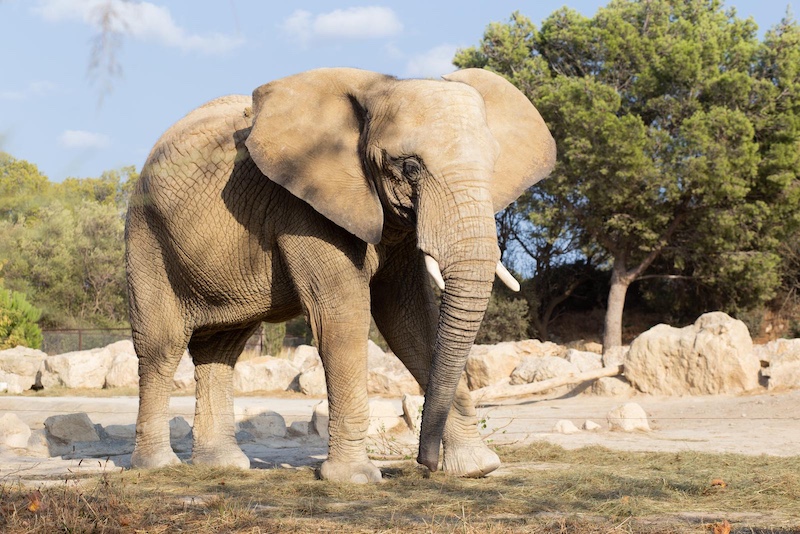
Astonishingly, some wealthy individuals and royalty have kept elephants as pets. In the 16th century, King Henry III of England housed an elephant at the Tower of London. Even in modern times, some people have attempted to keep elephants in private zoos or as status symbols, although it is now largely illegal due to conservation efforts.
- Please Note: This content was created with the assistance of AI and thoroughly edited by a human before publishing.

